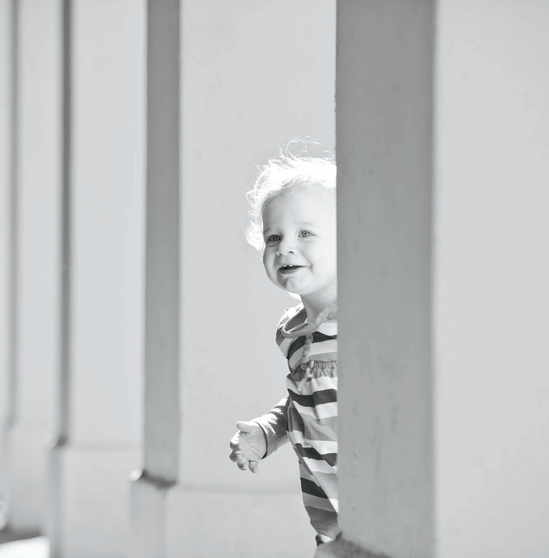Chapter 7. THE BLACK-AND-WHITE DIGITAL FILE

Converting to Monochrome
Learning from Film Filters
RAW or JPEG?
Digital RAW Black-and-white Conversions
There seem to be countless ways to make a black-and-white image from a color photograph, and you can certainly use infinite variations to create many different looks for the same image. Once you begin the creative process of changing the contrast and brightness in your black-and-white photo, it may be hard to stop making adjustments to the image.
CONVERTING TO MONOCHROME
The amount of saturation in an image relates to the amount of color in it. Some photographers take their color images and desaturate them using one of the many software tools at their disposal, simply eliminating the color from the image. You can usually do this by moving a color or saturation slider to the left, or by pressing a black-and-white conversion button; so, instead of a photograph with bright, saturated colors, the photograph has no color whatsoever.
This is a perfectly reasonable approach, and it is a super-easy way to get a black-and-white image, but it leaves a lot of possibilities on the table. This is why the black-and-white JPEG that your camera creates is often not optimal; in most cases the image is desaturated and the little tiny computer inside the camera cannot create the variability of tones that you can using the tools on your computer.
The desaturation ...
Get Black and White Digital Photography Photo Workshop now with the O’Reilly learning platform.
O’Reilly members experience books, live events, courses curated by job role, and more from O’Reilly and nearly 200 top publishers.

